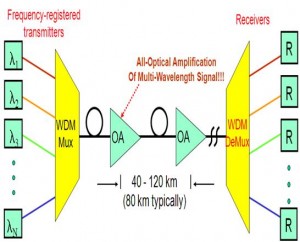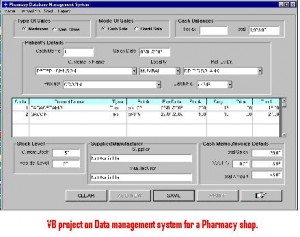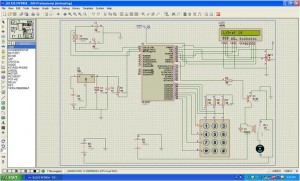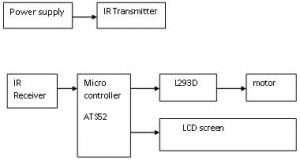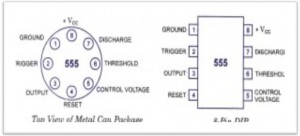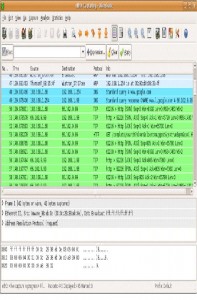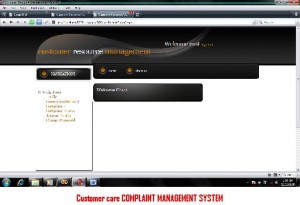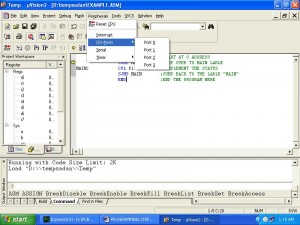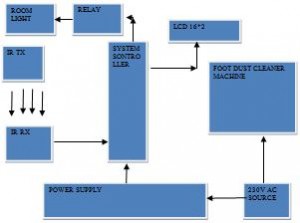Data Compression and Encoding Using Color project is about developing coding for bar codes using color sensor technology. As security for products like books, dresses…Etc are increasing, Enhancements in development of coding system for bar codes are also increasing. Color sensor technology is a new technology which will increase bar codes compactness, security, and efficiency. This technology is based on color combinations of RGB which is explained in this document. 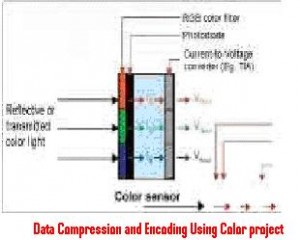
Introduction:
Color is formed when there is collision between light, object and observer. And the other form of light source is reflection, when light falls on the reflected object based on observing density of object color will form. For example consider a Red paper has the capacity to observe green and blue part of light this will reflect red part making it appear red to the observer. Colors are the mixer of three basic colors like Red, Green and Blue in fixed ratio. These colors are stored in the form of three numbers which are called digital color format. In Short these colors are called as RGB, there are different types of color formats like JPEG, BMP,BITMAP..ETC.
Data Compression and Encoding Using Color document explains about
- Color sensor circuit and operation.
- Color sensing.
- Compactness, security, and efficiency.
- Color fading.
- Bar code Reader.
- Color code versus Bar code.

